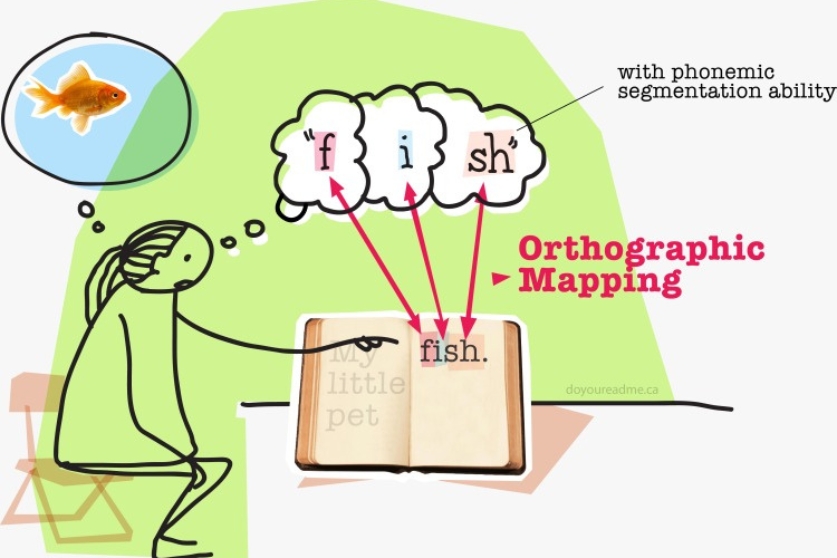Orthographic Mapping: The Key to Fluent Reading
When we talk about helping children — especially those with dyslexia — become confident readers, one concept stands at the heart of reading success: orthographic mapping.
It might sound technical, but it’s actually quite simple — and incredibly powerful.
🧠 What Is Orthographic Mapping?
Orthographic mapping is the mental process our brain uses to store written words for instant recognition.
It’s how we move from sounding out words (“c-a-t… cat”) to recognizing them automatically (“cat”).
In other words, it’s the way our brains turn unfamiliar printed words into familiar “sight words” that we can read effortlessly.
When orthographic mapping works well, we can look at a word and recognize it instantly — no sounding out needed.
Why Is It Challenging for Dyslexic Students?
For most children, this mapping process happens gradually through repeated exposure to words and phonics practice.
But for children with dyslexia , the process is often slower or disrupted because of difficulties with:
. Phonological awareness (hearing and identifying sounds in words)
. Sound-symbol connection (linking letters with their sounds)
. Memory for letter patterns (remembering how words “look”)
This means they may keep decoding the same word over and over again instead of storing it in long-term memory for instant recognition.
So while typical readers can recognize thousands of words automatically, dyslexic readers often must work much harder to build that internal word bank.
Why Is Orthographic Mapping So Important?
Orthographic mapping is what allows:
Fluent reading — reading without effort, with natural speed and expression.
Better comprehension — because less mental energy is spent decoding.
Spelling improvement — as children start to visualize and remember word patterns.
Confidence in reading — as decoding becomes smoother and more automatic.
Without strong orthographic mapping skills, reading can remain slow, tiring, and frustrating.
How Can We Support It?
Here’s how teachers, tutors, and parents can strengthen orthographic mapping for dyslexic learners:
1. Teach phonemic awareness explicitly — help students hear, segment, and manipulate sounds in words.
2. Use systematic phonics instruction — show consistent letter-sound relationships and spelling patterns.
3. Encourage repeated reading of familiar words — to build automatic word recognition.
4. Connect sounds, letters, and meaning together — don’t just memorize; understand how words work.
5. Use multisensory techniques — tracing, tapping, or saying sounds aloud while reading or writing.
6. Highlight patterns and word families — e.g., “light, night, sight.”
These evidence-based practices (like Orton-Gillingham or Structured Literacy) directly support orthographic mapping by strengthening the brain’s sound-letter connections.
In Simple Words
Orthographic mapping is the bridge between decoding and fluent reading.
For dyslexic children, it’s not just important — it’s essential.
When we teach reading in a structured, multisensory, and phonics-based way, we’re not just teaching words — we’re helping their brains store those words for life.


